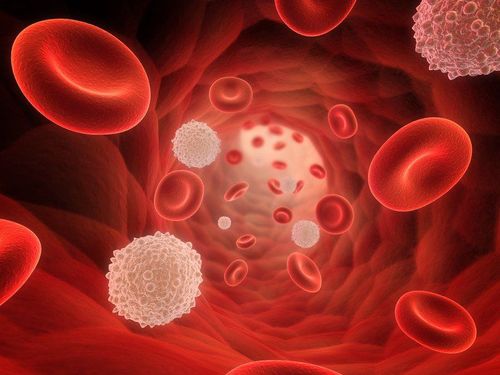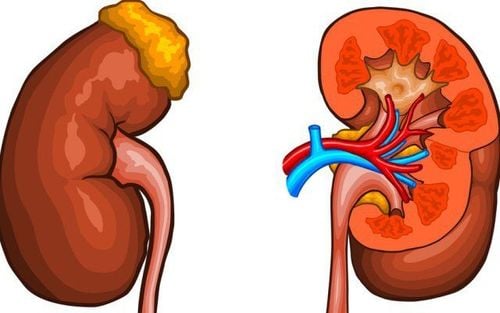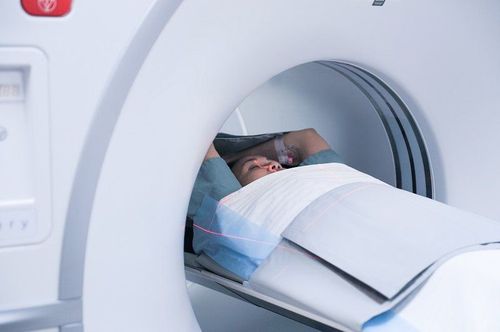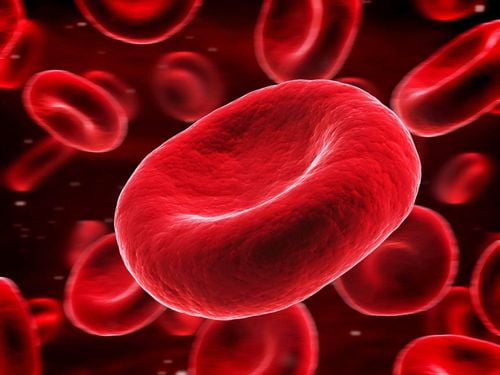This is an automatically translated article.
Myelogram is a test that takes out a small amount of fluid and cells of the bone marrow is soft and spongy tissue, contains blood cells such as red blood cells, white blood cells, platelets mature and present in the bones of the body. People. The myelogram results show normal and abnormal in blood disorders.
1. Why do you need to do a bone marrow test?
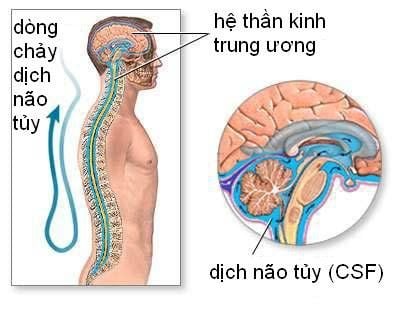
Kết quả tủy đồ cho biết những bình thường và bất thường trong những bệnh lý về máu
A myelogram is ordered by doctors in some cases with the following purposes:
To check the number of blood cells that the bone marrow produces is abnormal. Causes abnormal blood cell counts. Hematopoietic disorders and diseases affecting the bone marrow. Find an infection in the bone marrow. Contribute to help diagnose blood cancer, bone marrow cancer. Diagnosis of bone marrow metastases. Monitor response to treatment in bone marrow disease. Sampling for stem cell transplantation and other related procedures.
2. Myelogram test
Myelogram is done by aspiration blood test at 20 to 30 minute intervals, and the location of the myelogram is different for each patient, depending on age.
For example, in elderly patients, the site of the myelogram will be at the top of the hip bone, also known as the iliac spine, or it may also be at the sternum. If the subject is a child, especially infants and young children, the location of the bone marrow analysis will be on the front of the lower leg bone below the knee, also known as the tibia.
>> See more: Meaning and indications for myelogram test - Article written by Specialist Doctor II Le Thi Na - Laboratory Department - Vinmec Times City International Hospital
3. Steps to perform myelogram test
When the patient has a myelogram, the patient lies on his side or his stomach and the doctor conducts the myelogram test according to the following steps:
Use an antiseptic solution to clean the skin around the needle puncture area. . Cover with a sterile cloth and expose only the small area needed for the procedure. Inject local anesthetic for the patient, at this time the patient may have a feeling of heat and stinging. The anesthetics used can be Novocain and Lidocaine. The doctor uses a special needle and inserts it into the skin and bone perpendicular to the surface of the skin to reach the bone marrow area, attach a 10ml syringe then and aspirate the bone marrow fluid from 1.0ml to 1.5ml. . This procedure happens within seconds and can be painful for the patient. Withdraw the needle and cover the puncture with a sterile gauze pad. Add bone marrow fluid to the prepared EDTA anticoagulation tube and shake well. Pull out four marrow slides, carry out Giemsa staining, allow to dry, and apply oil to the slides for examination on 10X, 40X and 100X objectives. Do a reticulocyte test.
4. Notes when doing bone marrow aspiration blood test for children

Gây mê toàn thân trước khi xét nghiệm tủy đồ bằng đường tĩnh mạch
Prepare your child well before conducting a myelogram to reduce anxiety and increase cooperation during the procedure. Explain to your child what will happen during the procedure so that he or she does not panic. General anesthesia prior to intravenous myelogram examination. For older children, it may be necessary to give them only sedation and local anesthesia.
5. How to read myelogram results
The results of the myelogram will reflect whether the patient needs further tests, procedures or therapeutic interventions. The myelogram contributes to the doctor's diagnosis.
How to read myelogram results as follows:
Read the number of white blood cells in the bone marrow. Count the reticulocytes and then calculate the percentage. Read white blood cells, platelets, and immature red blood cells in 100 nucleated cells and tell what types and percentages of that cell type are present. Read the percentage of immature leukocytes and the structural, nuclear, protoplasmic, and abnormal features in specific granules. The shape, number, size, and color of red blood cells and the percentage of reticulocytes to evaluate the cause of anemia. Read if there is a platelet sample. Some notes for recording myelogram results include:
For patients with leukocytosis, it is necessary to dilute the specimen with 0.9% NaCl solution and run the leukocyte counter to multiply the phase factor. washy. Rinse the stained slide under running water gently, avoiding the residue of the specimen.
6. Conclusion
Knowing how to read the results of the myelogram correctly as well as the important roles of the myelogram test contributes significantly to the diagnosis, monitoring and treatment of diseases related to the hematopoietic system of the patient. People.
Please dial HOTLINE for more information or register for an appointment HERE. Download MyVinmec app to make appointments faster and to manage your bookings easily.




